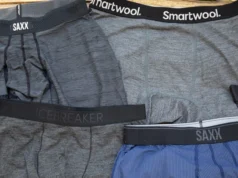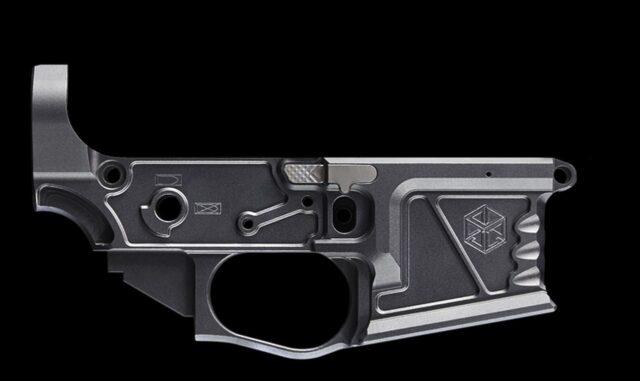
In the world of AR platform enthusiasts, choosing to build your AR lower receiver instead of purchasing a completed rifle has been debated for years. There isn’t an easy answer to this puzzle, and depending on who you ask, you may end up as undecided as to when you set out. Whether you decide to build an AR15 lower receiver from scratch or start with a complete rifle, this website has a ton of resources and products to get you started.
It’s not uncommon to focus primarily on the upper receiver first, especially if you’ve decided to build on a budget. Your AR platform upper is the workhorse, where most of the action takes place, so it’s typically common to focus on the barrel, the bolt carrier group, sighting systems, muzzle brakes, and compensators.
After allocating most of your funds to the upper receiver, the lower typically becomes a necessary inexpensive solution to help you get across the finish line.
When deciding to build or buy a lower receiver, you will probably need to understand a few things. One of the more essential factors in your decision is asking yourself how you intend to use your rifle. This single question and the subsequent answers will undoubtedly set you on the right path.
What Will You Use Your AR15 Lower For
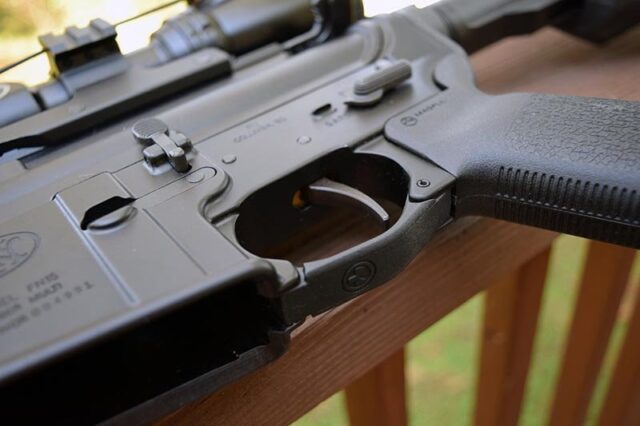
One thing that should determine your choice to build or buy will be how you intend to use your rifle. If you rarely hunt but love to hit the range for a few hours of decompression and entertainment, purchasing a standard lower receiver without all the bells and whistles may be the perfect answer. Remember that you get what you get with a completed lower receiver.
It may work fine for a pleasant day at the range, but if you decide to participate in 3-gun competition, the standard collapsible buttstock and five or six-pound trigger pull won’t get you close to the prize money.
If you choose to enter the serious world of match competition shooting, you’ll want to make sure your lower receiver performs just as efficiently as the upper does. Yes, keeping the cost of your lower receiver to a minimum is always a factor, but as you will see, it’s not necessarily the deciding one. Browse the selection of 80 lowers here to find one that fits your budget.
Stripped Lowers and Kits
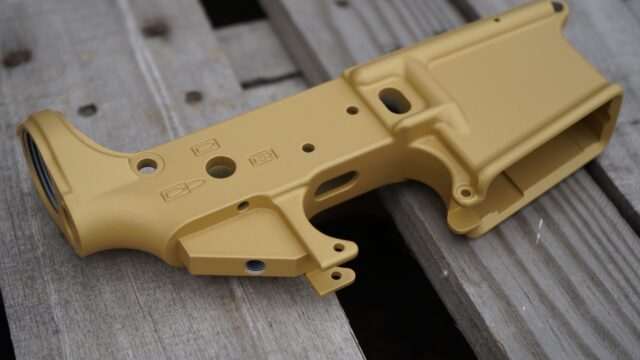
For argument’s sake, assume you’ve decided to build an AR15 lower receiver from scratch. While you may find stripped lower receivers in today’s market for as low as sixty dollars and as high as two hundred, there is one thing all stripped lowers have in common, and it’s that a stripped lower receiver still needs all the internal bits and pieces to make it function properly.
Most of the lower receiver assembly kits range in price of between sixty-five and ninety dollars. While you may find one for less, when you factor in the total costs of your lower receiver and the kit necessary to make it work, you’ll invest about one hundred to two hundred and sixty dollars.
Surprisingly, the market is full of complete lower assemblies to choose from in the one hundred and twenty-five-to-three-hundred-dollar range, depending on what you want to achieve with your AR15.
Ambidextrous Operation and Essential Features
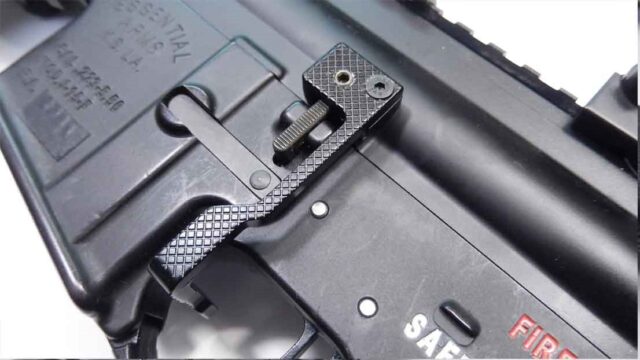
Most entry-level AR budget-build enthusiasts don’t consider actual ambidextrous operation when they decide to build a lower receiver. When it comes to a dynamic situation or the pressure of a competitive match, having a lower receiver with magazine release levers and safety switches on both sides and a flared magazine well becomes critical when a quick, intuitive operation is required.
Whether you’re building or purchasing a lower receiver, these features in a lower receiver are guaranteed to up the price considerably.
Additionally, especially if you intend to compete, a trigger pull weight of between seven to eight pounds isn’t going to help much. You’ll probably want to consider building or purchasing your lower receiver and including a drop-in match trigger assembly that dramatically reduces the trigger pull weight to about one to four pounds.
To gain this competitive edge in your lower receiver, always be prepared to spend more to get what you need because some of these match-grade fire systems range in price upwards of two hundred dollars.
As you can see, when deciding between building or buying your lower receiver, how you intend to use it will almost always determine what you need to spend.
Cleaning To Gain Basic Build Knowledge
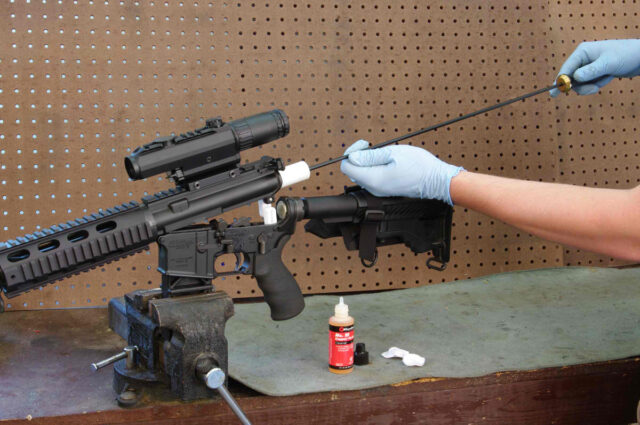
Should you not be all that into building your rifle, you need to understand that at some point, you will have to break your AR15 down and clean it. Having the knack for assembling and disassembling an AR15 is a lot like riding that bicycle for the first time.
You’ll have plenty of frustrating mishaps along the way, but you will get better at it.
When it comes time to clean, you will need to address both the upper receiver action and the lower assembly. These cleaning sessions will provide more than a cleaned, well-oiled rifle.
Cleaning will offer you the basic build knowledge you’ll need to take the next logical step of building a package that suits whatever requirements you may have.
As with any mechanically operated device, wear and tear on your rifle will happen. Although you can take your AR15 to a gunsmith for routine cleaning and maintenance, the best way to save your money is to learn how to DIY.
For many, loading a magazine full of ammunition into a lower receiver, pulling back the charging handle, and popping off a few rounds is all they intend to do. Breakdowns and cleaning are often something rarely thought about and things many enthusiasts have no appetite for learning.
When deciding to build a lower receiver or purchase a complete one, ask yourself a few questions first.
Are you comfortable with breaking down your AR15 and cleaning it yourself? Do you love creating something from the ground up and gaining an intimate knowledge of how your rifle works? Do you need an ambidextrous operation on your AR15? What about a tactical or skeletonized buttstock and match-grade competition trigger? Does your shooting style require them?
If you answered yes to these questions, you might have already decided.


